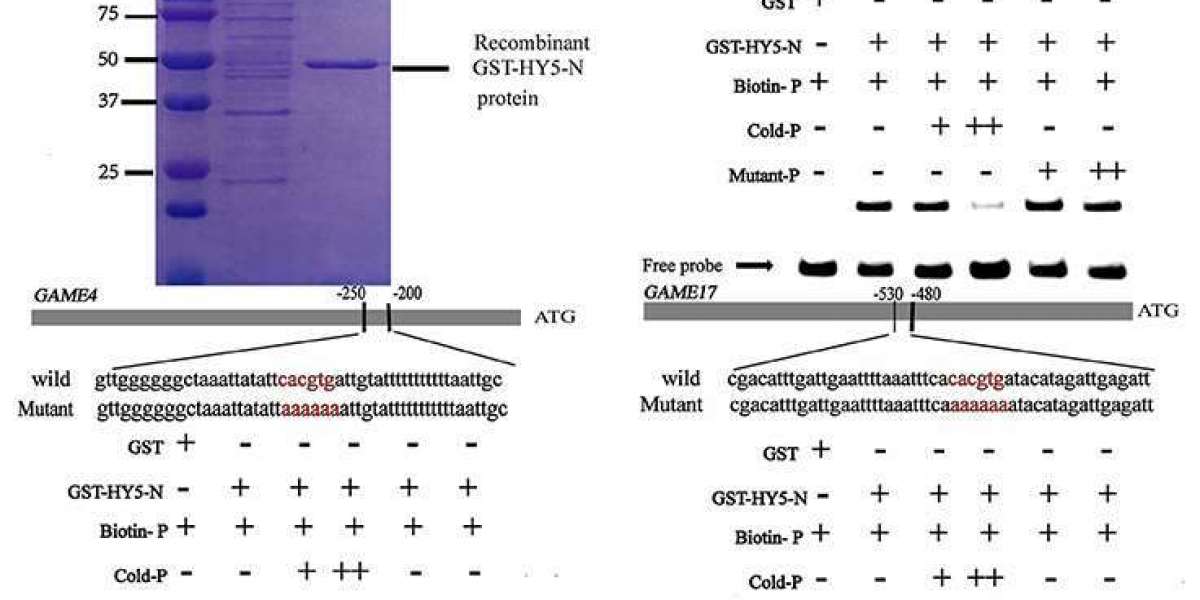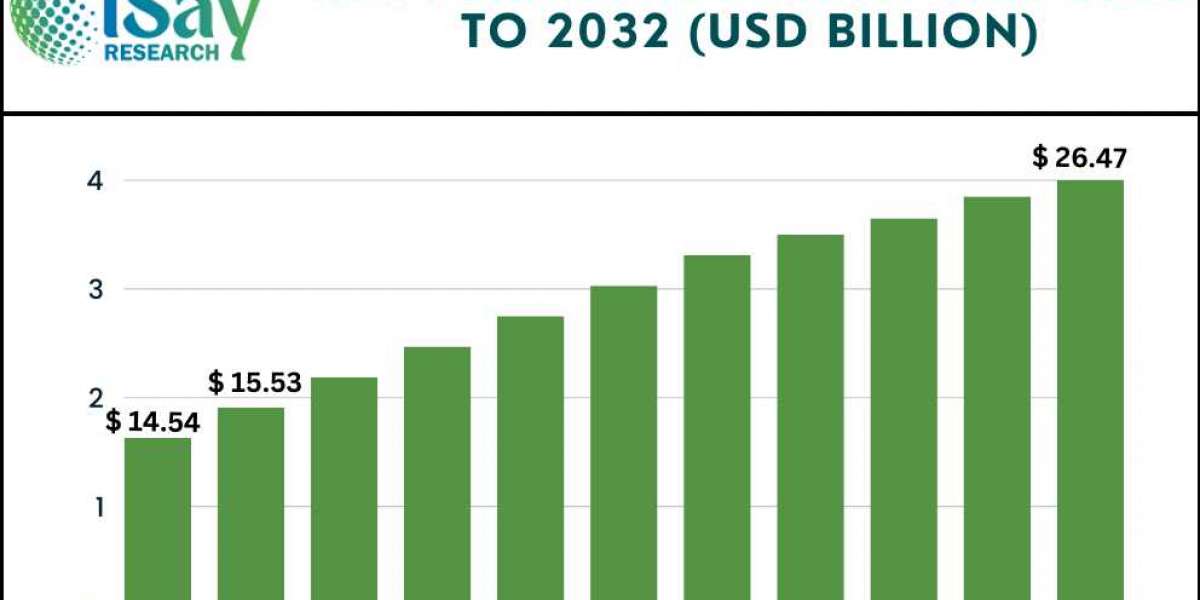What is Electrophoretic Mobility Shift Assay (EMSA)?
Electrophoretic Mobility Shift Assay (EMSA) is an experimental method used to study DNA binding proteins and RNA binding proteins. It was first applied in the field of biochemistry and molecular biology in the 1970s. EMSA technology separates DNA or RNA protein complexes and free nucleic acid molecules through electrophoresis to identify the binding ability of proteins to nucleic acids and to study their specificity and affinity.
The basic principle of EMSA technology is to form a complex between nucleic acid (DNA or RNA) and the protein to be tested, and then to electrophorese the complex and free nucleic acid molecules together in a gel electrophoresis chamber. The formation, size, and shape of the complex can be determined based on its electrophoretic mobility and position.
The steps of EMSA experiment include sample preparation and purification, preparation of electrophoresis buffer, loading amount of the sample, and electrophoresis time. In sample preparation, attention should be paid to the quality and purity of the sample, as well as the ratio and concentration of protein and nucleic acid. In setting the electrophoresis conditions, factors such as pH, ionic strength, and temperature should be considered for their impact on the experimental results.

The schematic illustration of electrophoretic mobility shift assays (EMSA) (Song et al., 2015).
Application of Electrophoretic Mobility Shift Assay
EMSA technology has a wide range of applications in biochemistry and molecular biology research, e.g. in gene regulation, transcription factors, DNA repair and cell signaling.
In gene regulation, EMSA is used to study the binding and function of transcription factors, as well as the effects of DNA methylation. In transcription factor research, EMSA technology can be used to study the mechanisms of gene expression regulation, which provides insight into how transcription factors bind to DNA and regulate gene expression.

Electrophoretic mobility shift assay (EMSA) showing the association of SlHY5 with promoters of SGA biosynthetic genes SlGAME1, SlGAME4, and SlGAME17. (Wang et al., 2018)
In DNA repair, EMSA can help researchers understand the mechanisms by which DNA repair enzymes bind to DNA. For example, EMSA technology can be used to study the interaction between platinum drugs and the DNA-binding protein PARP-1 in the nucleus, providing insight into how platinum drugs play a role in DNA damage repair.
In terms of cell signaling, the technique also allows analysis of protein-protein interactions in various cell signaling pathways. For instance, EMSA technology is used to study the activity and localization of proteins in signaling pathways. This technique can help researchers better understand the complexity of cellular signaling pathways and contribute to the search for new therapeutic targets.
Advantages and Disadvantages of Electrophoretic Mobility Shift Assay
| Advantages | Disadvantages |
| Enables direct measurement of affinity and specificity of DNA binding proteins | Sample preparation and experimental steps are cumbersome |
| Does not require large amounts of DNA samples | May not be sensitive to weakly bound proteins |
| Can determine the location and amount of DNA-binding proteins | Requires known DNA sequences to be used as probes |
| Can be used to screen for the effects of compounds or drugs on protein-DNA interactions | EMSA quantification results are influenced by many factors |
| Relatively fast, usually takes a few hours to obtain results | Cannot measure specific binding constants |
| Relatively low cost | Only suitable for studies where binding proteins are known |
Comparison of EMSA with other techniques such as DNA gel shift assay, EMMA, and affinity chromatography can be shown in the following table:
| Techniques | Advantages | Disadvantages |
| EMSA | High sensitivity and specificity, can detect protein-DNA/RNA interactions in vitro, low sample consumption | Time-consuming, requires purified protein and labeled nucleic acid, can produce non-specific binding |
| DNA gel shift assay | Simple and easy to perform, requires minimal equipment, can detect DNA-protein interactions | Low sensitivity and specificity, can produce non-specific binding, cannot detect RNA-protein interactions |
| EMMA | High resolution, can detect complex protein-DNA interactions, can be used for in vivo studies | Time-consuming, requires purified protein and labeled nucleic acid, complex data analysis |
| Affinity chromatography | High purity of protein, can be used for large-scale purification, can be used for in vivo studies | Low sensitivity, requires prior knowledge of protein-ligand interaction, cannot detect protein-DNA/RNA interactions directly |
Creative Proteomics is a leading provider of Electrophoretic Mobility Shift Assay (EMSA) services. We can help you achieve the following studies:
- Study of DNA binding proteins, such as cytokines and DNA repair factors Analysis of DNA binding proteins and their associated DNA binding sequence interactions, which can be used for qualitative and quantitative analysis.
- Studies of RNA-binding proteins, such as transcription factor-related studies
- Study of protein-protein interactions, etc.
learn more: microscopy imaging protein
References
- Song, Chengcheng, Shaocun Zhang, and He Huang. "Choosing a suitable method for the identification of replication origins in microbial genomes." Frontiers in microbiology 6 (2015): 1049.
- Wang, Cui-cui, et al. "Manipulation of light signal transduction factors as a means of modifying steroidal glycoalkaloids accumulation in tomato leaves." Frontiers in Plant Science 9 (2018): 437.







